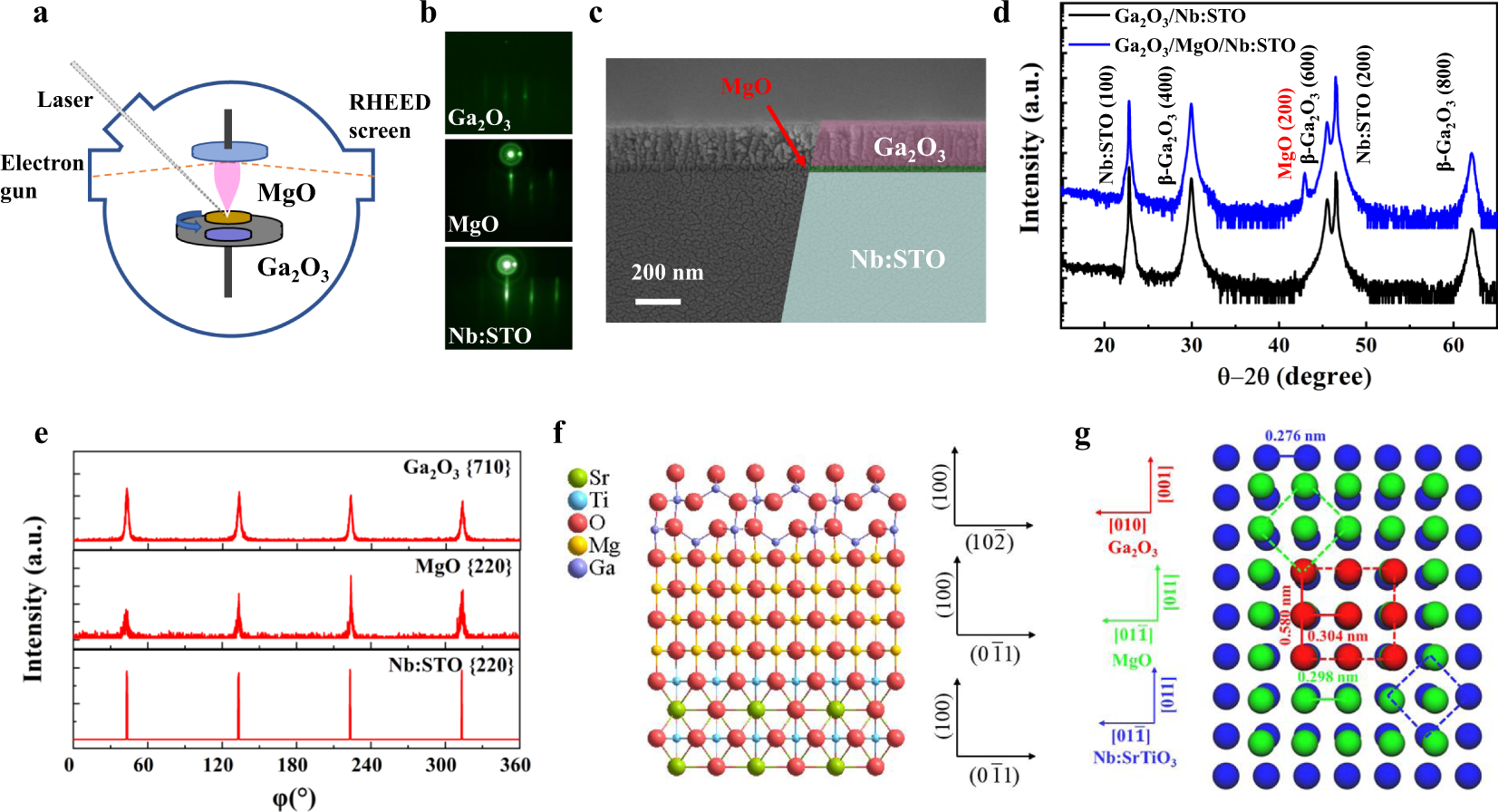
Source: Nature
Solar-Blind Photodetectors: Understanding Their Functionality and Applications
Introduction
Solar-blind photodetectors are specialized devices that are insensitive to infrared, visible, and near-UV light but are responsive to ultraviolet light with wavelengths below approximately 300 nm. These detectors play a crucial role in various applications where the detection of ultraviolet light is essential while avoiding interference from other wavelengths of light.
Functionality of Solar-Blind Photodetectors
Solar-blind detectors are designed to be naturally insensitive to visible light, eliminating the need for optical filters to block unwanted wavelengths. This is achieved by utilizing semiconductor materials with wide band gaps that prevent the absorption of lower-energy photons, particularly in the visible spectrum. As a result, solar-blind detectors exhibit high responsivity to ultraviolet light while significantly reducing their sensitivity to visible light.
Materials Used in Solar-Blind Photodetectors
One common material used in solar-blind detectors is aluminum gallium nitride (AlGaN), which allows for tuning the band gap energy to achieve solar-blind operation. Silicon carbide (SiC) is another material utilized for visible-blind detectors, sensitive to light below about 355 nm.
Applications of Solar-Blind Detectors
Solar-blind detectors find applications in various fields, including monitoring UV radiation on Earth, flame detection, solar XUV-VUV radiometry, and military applications such as missile detection. Solar-blind cameras equipped with these detectors are employed for tasks like monitoring electrical power lines and detecting high-temperature flames in intense sunlight.
Visible-Blind Photodetectors
Visible-blind photodetectors are another category of detectors that are insensitive to visible light, with a long wavelength cut-off closer to the visible range, typically around 360 nm. These detectors are useful in applications where detecting light in the visible spectrum is not required.
Photocathode-Based Detectors
Photocathode materials such as cesium tellurite (CsTe) and cesium iodate (CsI) are examples of solar-blind photocathodes used in photomultipliers and image converters. These materials have specific long wavelength cut-offs that make them suitable for solar-blind operation.
Conclusion
Solar-blind and visible-blind photodetectors play a crucial role in various applications where the selective detection of specific wavelengths of light is necessary. By utilizing specialized materials and design principles, these detectors offer high sensitivity to ultraviolet light while minimizing interference from other wavelengths, making them valuable tools in scientific, industrial, and military applications.

Source: Market Research Intellect
Feel free to comment your thoughts.



